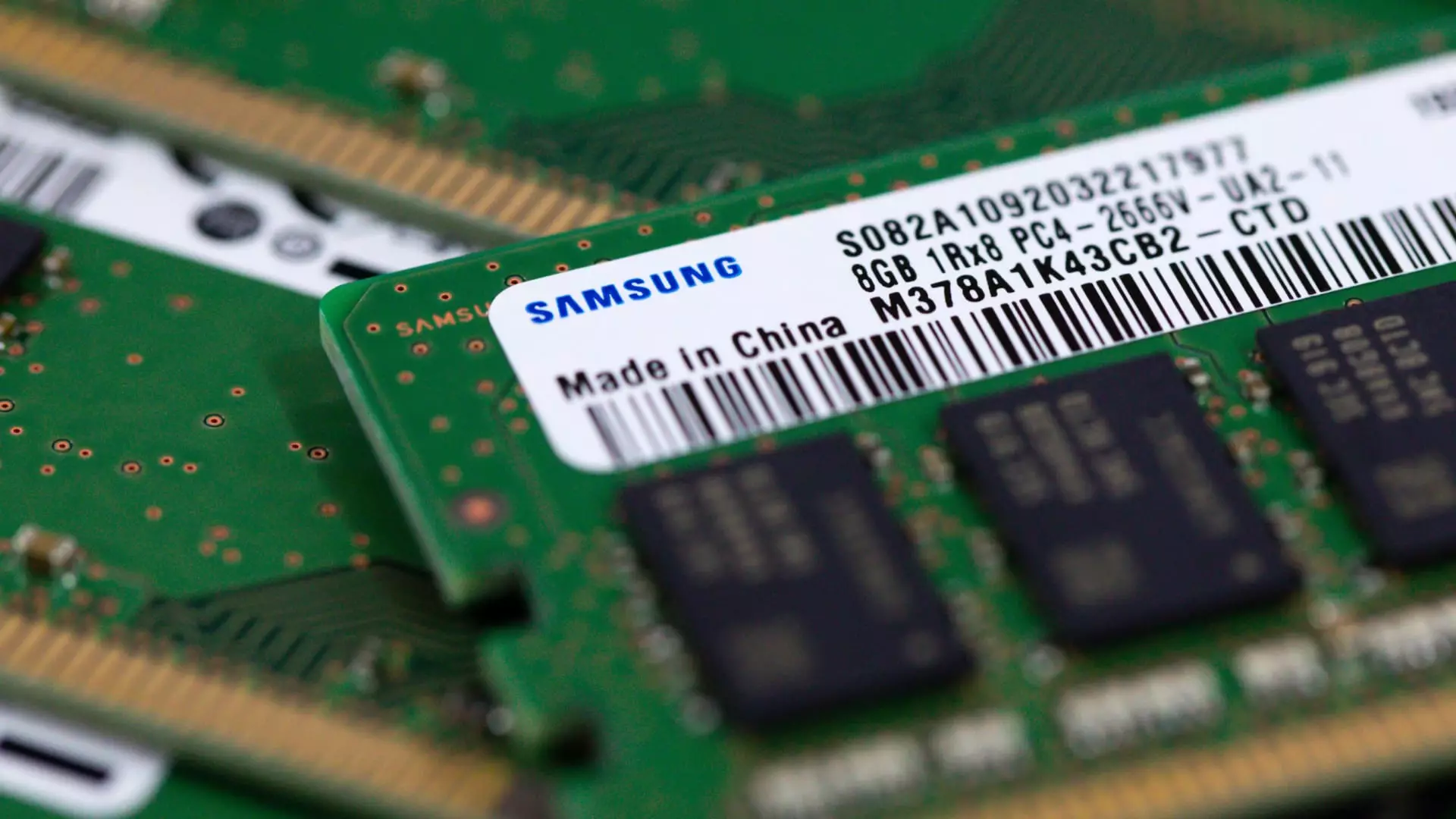The tech and chip-related stocks in Asia experienced a significant decline following the announcement of Nvidia’s second-quarter results. This drop was particularly pronounced in companies directly linked to the U.S. tech giant, such as South Korean chipmakers SK Hynix and Samsung Electronics. SK Hynix, a manufacturer of high bandwidth memory chips used in AI applications for Nvidia, saw its shares plummet by as much as 6.74%. Similarly, Samsung Electronics, the highest weighted stock on the South Korea’s benchmark stock index, Kospi, fell by 3.8%.
The impact of Nvidia’s earnings report spread to other tech stocks in the region, albeit to a lesser extent. Japanese semiconductor-related stocks like Renesas, Advantest, and Tokyo Electron experienced declines of up to 3.2%, 3.6%, and 3.49%, respectively. Chinese chipmakers listed in Hong Kong also saw a decrease in their stock prices, despite having minimal connections to Nvidia’s value chain. SMIC, a partially state-owned company, lost about 1.4%, while Hua Hong Semiconductor fell by 1.66%.
Although Nvidia beat quarterly revenue and earnings per share estimates, the market reaction to its results was mixed. Analysts speculated that the decline in share prices could be due to concerns about the company’s ability to sustain its rapid growth. Luke Rahbari, CEO of Equity Armor Investments, acknowledged Nvidia’s strong performance but noted a potential slowdown in growth, leading to investor caution. In contrast, Mark Lushcini, chief investment strategist at Janney Montgomery Scott, viewed the drop in Nvidia shares as a minor setback given the company’s substantial gains over the year.
Despite the slight dip in stock prices, analysts remain optimistic about Nvidia’s long-term prospects. The company’s dominant position in the industry and consistent track record of exceeding expectations have instilled confidence in many investors. However, concerns were raised about Nvidia’s gross margin, which declined to 75.1% from 78.4% in the previous quarter. Additionally, the company’s annual gross margin forecast of the “mid-70% range” fell below analysts’ estimates, triggering further speculation about its financial performance in the upcoming quarters.
Overall, the ripple effect of Nvidia’s second-quarter results on Asian tech stocks underscores the interconnected nature of the global market. While specific companies directly tied to Nvidia experienced the most significant impact, the broader tech sector also felt the repercussions. As the tech industry continues to evolve and adapt to changing market dynamics, it is essential for investors to closely monitor developments and adjust their strategies accordingly.

